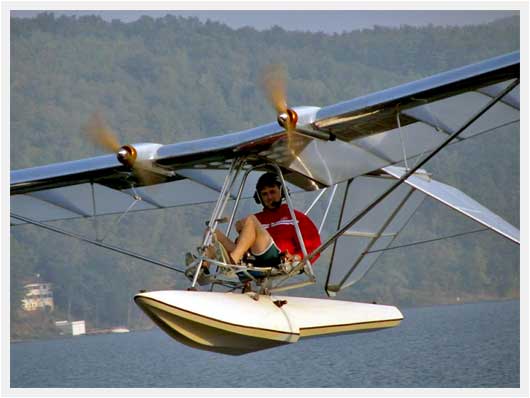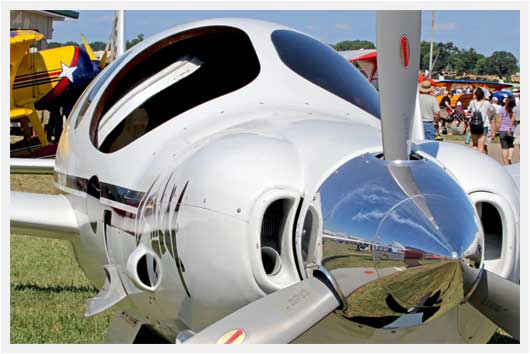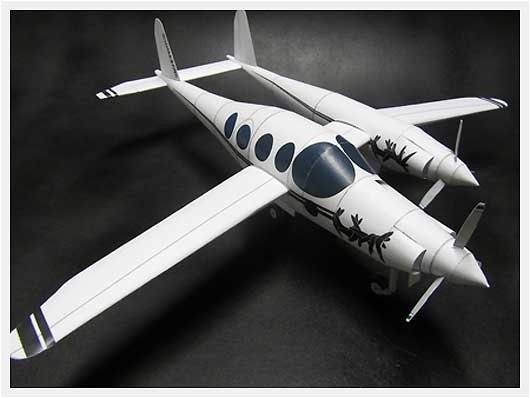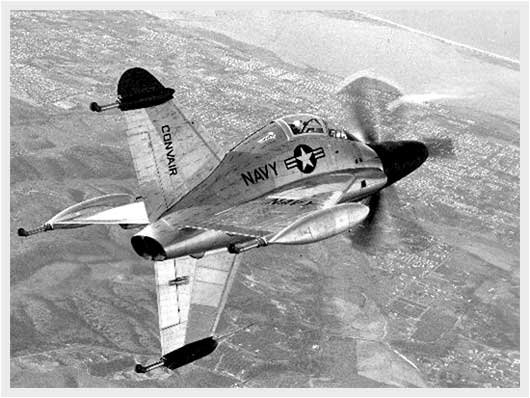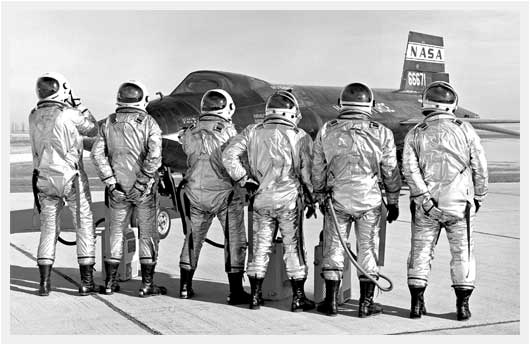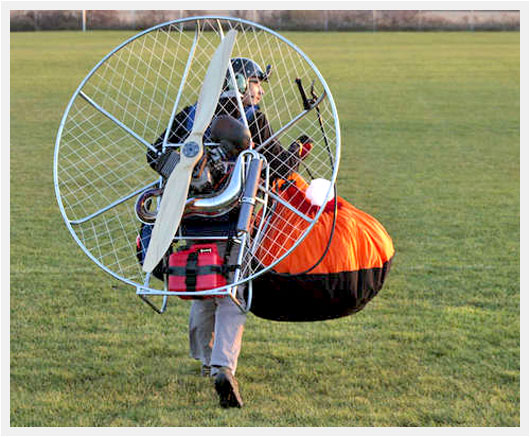Boeing 787 Dream Tour - And... Design Your Own Livery!
 Wednesday, November 30, 2011 at 10:23PM
Wednesday, November 30, 2011 at 10:23PM  My airline would be called REVO, and here's the 787 livery that I designed!
My airline would be called REVO, and here's the 787 livery that I designed!
Boeing is soon sending the 787 out on what they're calling the Dream Tour, a six month global tour to take the Dreamliner to their customers and partners for a close look at the most advanced airliner on the planet. Check out newairplane.com/787/dreamtour for more info.
Of greater interest to me (and maybe you too) is a swanky design feature they've added to newairplane.com that lets any of us create our very own livery for a 787. And this isn't some cheapo stick model, as you can see from my REVO concept here, the final result can be quite fabulous! It's even in 3 dimensions and can be rotated on any axis as you tap into the design controls to let your creativity flow. It took me about an hour to crank out REVO, but if you aren't quick to pick up the interface, you might find it a bit of a challenge to make something that looks really good. It's the kind of thing a 12 year old would probably breeze thru, but many adults might struggle a bit with it.
Once your design is complete, you can post it to the design gallery for everyone to see. I've submitted REVO, but there's an approval process that takes at 24 hours, so my design won't be there right away. I hope you consider going to designyourown.newairplane.com to check out the design gallery of other people's work, and then, if you're an airline livery geek like me, take a little time and give it a go : )
Lastly, REVO is an airline concept I've had in mind for many years... it stands for 'revolution', as in a revolution in air travel. Of course it's easy to dream up a revolution, and a whole lot harder to put into practice, but I'm just sure as I can be that the best airline still doesn't exist yet. If only I had a few close friends with a couple hundred million bucks each stuffed into their mattresses, we might be able to give this a REVO a shot!
 The left side on my REVO 787 livery concept built up at designyourown.newairplane.com
The left side on my REVO 787 livery concept built up at designyourown.newairplane.com














































































